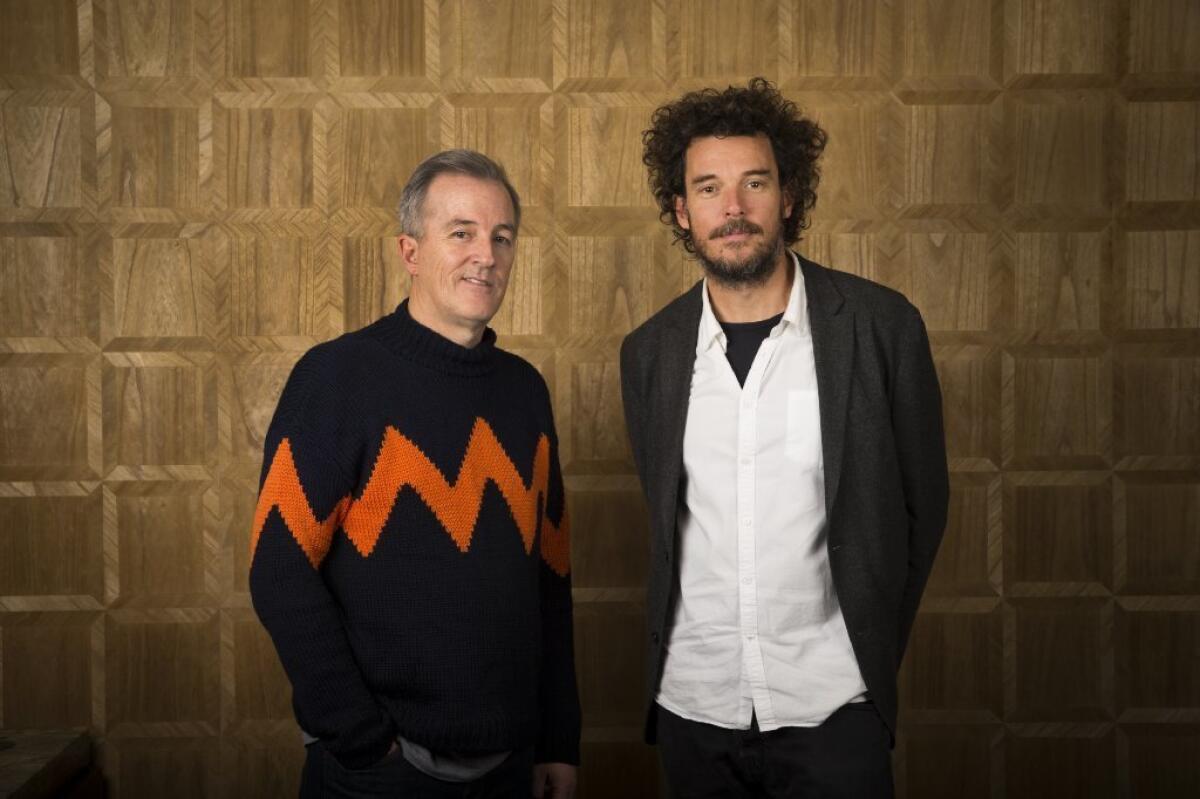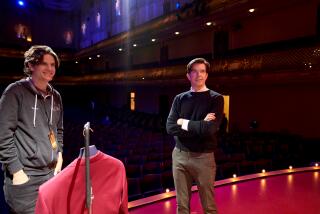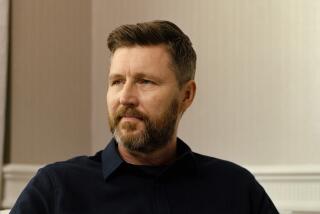‘Lion’ filmmakers bring a new kind of ‘mythic tale’ to the screen

Garth Davis’ “Lion” tells the story of Saroo Brierley’s amazing journey from India to Australia at age 5 and his all but miraculous reunion with his birth mother decades later. Brierley chronicles his story — of being separated from his family after he mistakenly boards a train that takes him thousands of miles from home, and being so young, not fully knowing the name of his village — in his autobiographical novel, “A Long Way Home.”
The movie adaptation features newcomer Sunny Pawar as the young Brierley, who is taken to live in Australia, and Dev Patel portraying him as an adult wrestling with a past filled with too many questions that neither he nor or his adoptive parents can answer. Davis and screenwriter Luke Davies traveled the globe to make sure no detail was overlooked in bringing this new “mythic tale” to the big screen.

Dev Patel talks about portraying a man raised in Australia, then tracing his roots in India in “Lion.”
Before he started transforming the book into a screenplay, Davies, a noted Australian poet and author, traveled to India to meet with Kamla Munshi, Brierley’s biological mother. Even today, he feels awful about making her cry for two hours during an interview.
“She wept more and I kept apologizing and she said, ‘No, no, I want to do this,’ ” Davies recollects. “I completely started to feel her sorrow and grief of losing her son for 25 years and not knowing. In that room it was all there, the mother’s grief. It gave me an incredible understanding of what I was heading toward at the end of the screenplay when he finds her. Sitting in the room with her was this unbelievable privilege; I was with Saroo and the interpreter. They just stroked each other the whole time. It was an incredible experience.”
Davis also had a memorable experience with Munshi, but it was in a much different context. Early on in the development process, the filmmaker accompanied a crew from the Australian version of “60 Minutes” that was following Brierley’s adoptive mother, Sue (Nicole Kidman), to India, where she met Munshi for the first time. Their meeting made him realize how amazing both women were and “how Saroo was loved by two mothers equally.”
“There was this very emotional moment where Saroo was being embraced by both mothers and from behind there was one Indian arm and one white arm. And it just struck me that this was about celebrating our mothers,” Davis says.

“Lion” actress Nicole Kidman talks about going in search of a character, after a lot of research.
“I would hang out with Kamla and she was just so incredible and so powerful and primal. She was a light. She was so inspiring, and so was Sue. What Sue had lived through. Her stoic nature and her spirituality were incredible. For me, the mothers were the guiding light in many ways.”
Remarkably, Brierley was able to find his mother in 2011 using Google Maps. In theory, the idea of a character using a computer screen to solve this particular mystery doesn’t seem like the most cinematic or compelling of plot points, but both Davis and Davies believed it was a key ingredient to the tale that needed serious consideration.
Davies notes, “The liberation for us was that actually, the technological stuff was completely an integral part of the emotional part of the movie. So, if we did the first half well enough and were with Saroo inside his soul and felt that peril, then in the second half the technology would be invisible and liberating because it would just be this beautiful device that was getting us step by step closer to his restitution.
“The challenge was still screen on-screens. How do we make that beautiful? And the way [Davis] did it was by integrating the gliding aerial shots with the Google aerial shots.”
Davis drew inspiration from Peter Weir’s 1975 drama “Picnic at Hanging Rock” and the way that filmmaker made the rock in question “feel like something.”
“For me, it could have been a computer or a phone book. It didn’t really matter,” Davis says “You project into it something very powerful. [Saroo is] yearning. The whole experience he’s had is on that screen. There was something kind of haunting about these low-resolution images, and even when he finds home it’s blurry. I always remember that right from the beginning, finally just finding this blurry house or just a shape and a color and it’s Mother. Eventually, it became really exciting for me that this software could be really spiritual.”
More to Read
From the Oscars to the Emmys.
Get the Envelope newsletter for exclusive awards season coverage, behind-the-scenes stories from the Envelope podcast and columnist Glenn Whipp’s must-read analysis.
You may occasionally receive promotional content from the Los Angeles Times.






